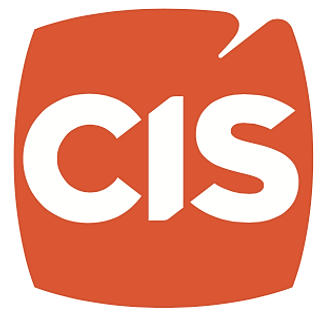The importance of tracking ROI for your small business growth
- CIS Agency
- Dec 14, 2024
- 4 min read

Choosing the right marketing channel can be challenging!
Every business aims to maximize the impact of every advertising dollar, striving to get the best return on investment. But with so many marketing channels available, how do you decide which one is right for your business? Which approach resonates most with consumers and drives them to choose your brand? And, most importantly, where should you focus your marketing budget for the greatest results? Taking it a step further—could the issue lie not in the channel itself, but in how it's being utilized? Let’s explore these questions.
Bottom line: You need to take the challenge and explore more channels.
Savvy marketers know exactly which ads, TV or radio spots, social media platforms, or direct mail campaigns generate enough revenue to not only cover their costs but also deliver a profit. Do you track your marketing investment? Understanding which campaigns drive sales is essential to determining what really pays off.
Take Apple, for example. Early in their meteoric rise, they carefully analyzed sales data to link results back to specific marketing channels. Their research revealed that TV commercials and glossy magazine ads were the most effective, prompting them to allocate the bulk of their budget to these mediums. This strategy helped catapult Apple into global success—but what works for one business may not work for another.
Choosing the right marketing channels starts with understanding your audience and knowing where to reach them. If you run a local business, like a beauty salon, auto repair shop, or lawn care service, a costly TV ad is likely overkill. Instead, your budget may be better spent on church bulletins, restaurant place mats, school sponsorships, billboards, or other places where your community seeks local services and products.
Find the right folks. Track their responses
Reaching customers depends on who they are and where they can be found. While a pricey TV ad on Super Bowl Sunday boosts many huge corporations doing business around the world, those snazzy commercials probably wouldn’t do for you. Advertising during big games is unlikely to lure the little old lady down the street to a Saturday morning prayer service or bring in browsers to a local arts and crafts festival. If you want your business to flourish, the best marketing strategies lie somewhere between Apple or Nike and Sam’s Snow Removal or Debra’s Dog-Walking Service.
Which marketing channels are best for you?
Which choices are likely to be your most profitable marketing channels? Consider the questions below to help you figure out how various channels affect your sales.
Any methods used to track sales back to marketing modes provide valuable insights on getting the most for your advertising money!
What about website marketing? No matter how big or small your business is, it needs a website. Websites are like shingles that doctors, lawyers, and apothecaries once put on their doors. Customers want to see a visible sign that you’re in business.
Questions: Does our website track traffic? Does it urge people to sign up for email notices or sale alerts? Can customers printout coupons or codes that can be traced?
Should we try social media? Word-of-mouth, studies say, is the most effective type of marketing. Getting people to talk is a good argument for posting business blurbs on Facebook, LinkedIn, Twitter and other social media sites. Followers may not rush in to buy – but they’re likely to mention you to friends or to re-post – especially if your blurbs are interesting, entertaining or provocative.
Questions: Do you count ‘likes’ and ‘comments’ each post gets? Do you ask satisfied customers to react to posts?
Does email advertising work? If done correctly, email advertising is an excellent marketing tactic. For starters, make your Subject line spectacular. It should tempt people to open. Make your inner message short, visual and to the point – readable in 30 seconds or less. Email current customers to stay in touch. Keep in mind that law requires you to provide ‘opt-out’ functions for randomly sent the email.
Questions: Do we use promo codes to track action? Do we ask for short replies from interested folks?
Can sales be tracked to print ads? Print ads that pay depend on placing them where customers will see them. If a whole zip code is your target market, clever direct mail pieces can be enticing. To reach students, hang catchy posters in schools or colleges. Buy a billboard ad on a busy freeway to attract drivers going to work or traveling.
Questions: What can we add to print pieces to help trace sales? Could we use easy-to-recall phone numbers or crafty catchwords to count responses?
Online pay-per-click ads? Google Adwords and other online tracing options are a boon to small businesses. Tracking features, like pay-per-click, let you learn how many viewers looked at your ads by charging you every time someone clicks on one.
Questions: Which tactics best track buyers? Coupons? Deals? Promo Codes? Special phone orders? Or links to your website shopping cart where all orders are tracked?
For electronic sales tracking, try Google, GEO Targeting, Social Media Tools Keywords in website copy causes Google to bump up your business on search pages. Google’s GEO targeting, online listings, postings, and reviews provide data on activity. Google Analytics and similar tools on other sites track consumer interests and behaviors. Facebook Auto Replies, Google Forms, and comparable options provide feedback for online action.
Want to learn more? Set up a meeting with one of our experts for a free assessment: service@wearecis.com
For CIS Agency services or permission to reprint: service@wearecis.com





Comments